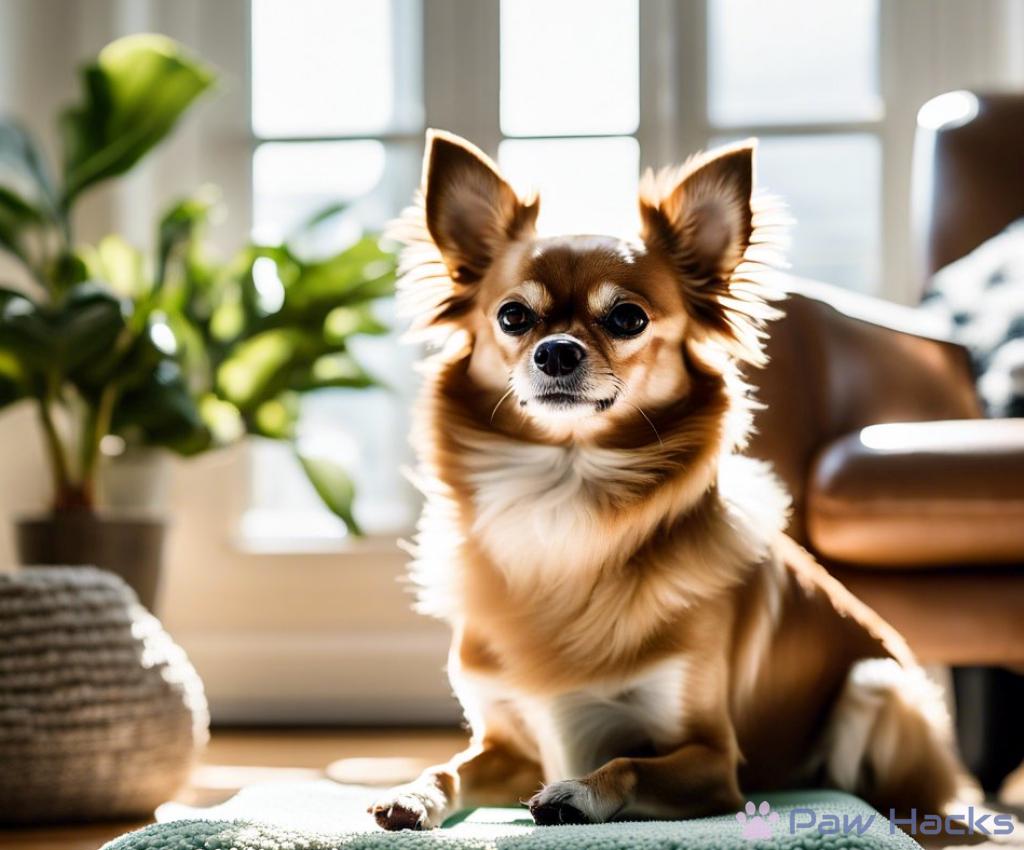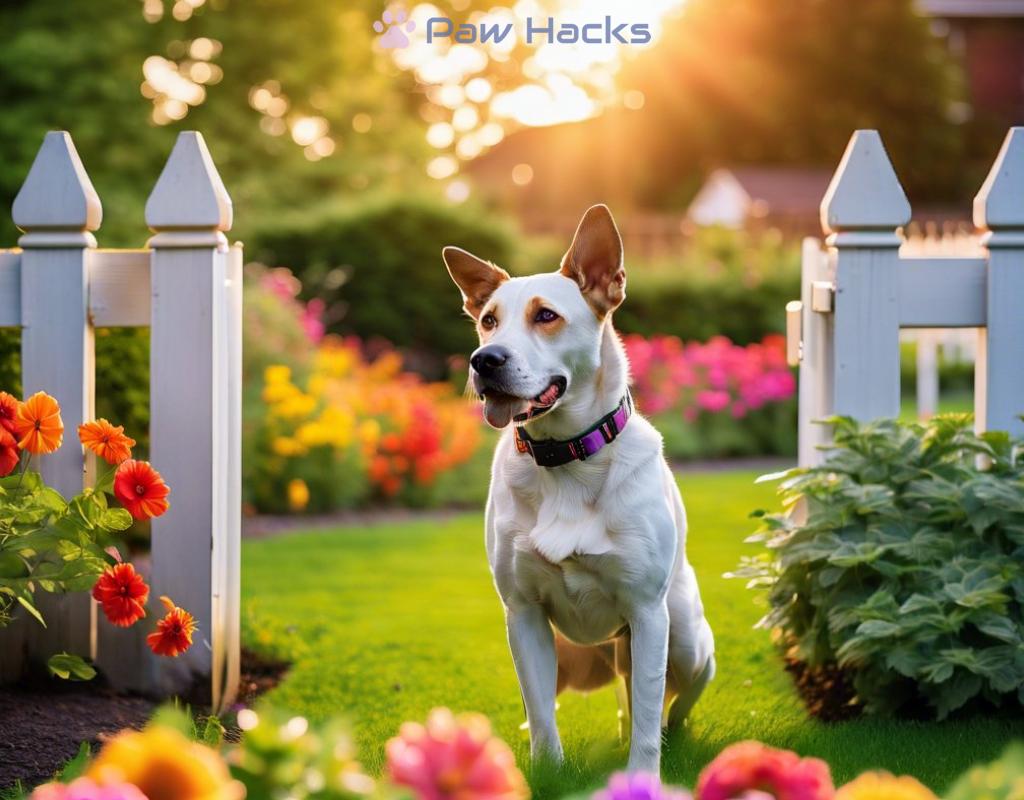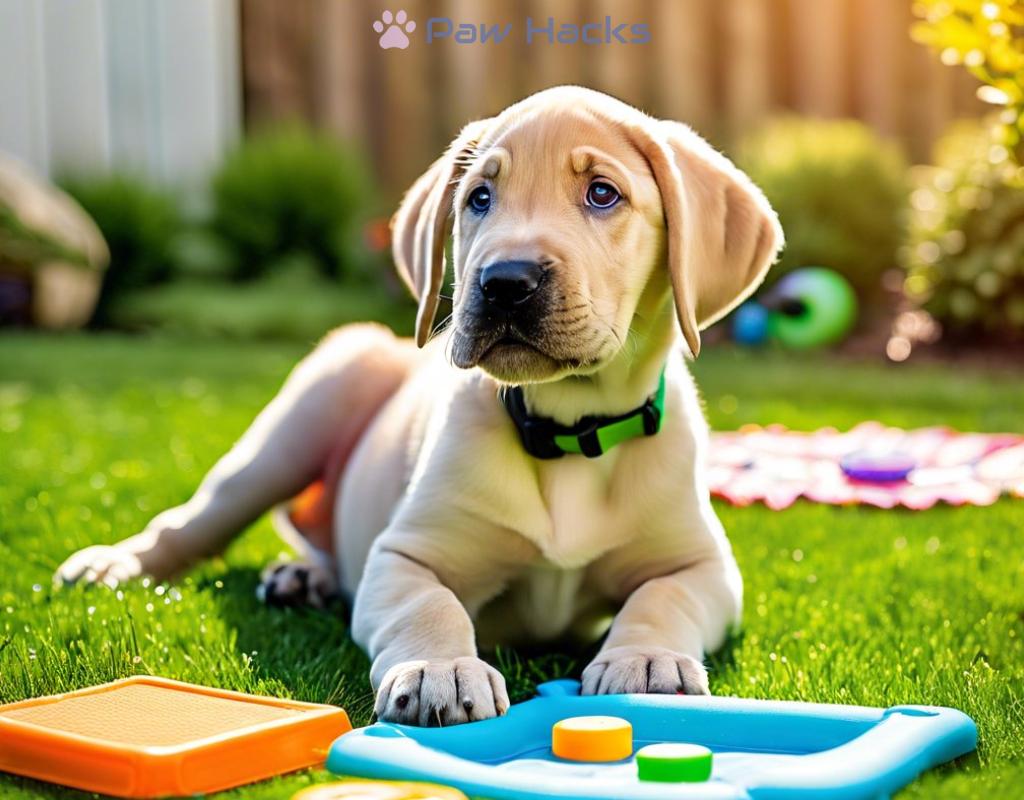Housebreaking Small Breed Dogs
Unlocking the Secrets: Effective Housebreaking Techniques for Small Breed Dogs

Understanding the Unique Needs of Small Breed Dogs
Housebreaking small breed dogs can be a delightful yet challenging endeavor. Unlike larger breeds, small dogs often have smaller bladders and may need to relieve themselves more frequently. This article will explore effective techniques tailored specifically for small breeds, ensuring a smooth transition into a potty-trained companion.
Being patient and consistent is key when housebreaking your small furry friend. With the right approach, you can set them up for success, reduce accidents, and establish a routine that works for both you and your pet.
Creating a Structured Routine for Success
Establishing a daily routine is essential for effective housebreaking. Small breed dogs thrive on consistency, and having a structured schedule helps them understand when and where they should relieve themselves. Here are some key components to include in your routine:
- Regular Feeding Schedule: Feed your small dog at the same times each day to predict when they will need to go out.
- Frequent Potty Breaks: Take your dog outside every 1-2 hours, especially after meals, playtime, or naps.
- Designated Potty Area: Choose a specific spot outside where your dog can relieve themselves, helping them associate that area with potty time.
With this structured routine, your small breed dog will learn to communicate their needs more effectively, leading to fewer accidents in the house.
Positive Reinforcement: The Key to Successful Training
Using positive reinforcement is one of the most effective methods for housebreaking small breed dogs. By rewarding your pup for doing their business outside, you create a positive association with the behavior. Here are some tips for implementing positive reinforcement:
- Immediate Rewards: Offer praise, treats, or playtime immediately after they relieve themselves outside.
- Be Consistent: Use the same commands and rewards each time to help your dog learn what you expect from them.
- Avoid Punishment: If an accident occurs indoors, clean it up without scolding your dog, as this can create fear and confusion.
By focusing on encouragement, you’ll foster a trusting relationship with your small breed dog, making housebreaking a more enjoyable process for both of you.
Creating a Safe Haven: Designing a Perfect Space for Small Dogs to Learn
Establishing a Comfortable Environment for Learning
Creating a safe and welcoming space for your small breed dog is crucial during the housebreaking process. Dogs, especially smaller breeds, can easily feel overwhelmed in large or chaotic environments. By designing a dedicated area for your pet, you foster a sense of security that promotes learning and comfort. This space should not only be free from distractions but also equipped with all the essentials to encourage positive behavior.
Choosing the Right Elements for Your Dog’s Space
When setting up a suitable area for your small dog, consider incorporating elements that cater to their unique needs. First, choose a cozy dog bed that offers a sense of safety and warmth. This can help them relax and feel at ease. Additionally, provide access to toys and chew items that keep them engaged while you’re occupied. It’s also important to include a designated potty area within this space, whether it’s a puppy pad indoors or a small outdoor section. This way, your dog will learn to associate this area with relieving themselves, reducing the likelihood of accidents elsewhere.
Ensuring Safety and Accessibility
Safety is a top priority when creating a learning environment for your small breed dog. Make sure that the space is free from hazards such as sharp objects, toxic plants, or small items that could be swallowed. Implement barriers or gates if necessary, to keep your pup within their safe zone. Accessibility is equally important; ensure that your dog can easily navigate their space without encountering obstacles. This not only helps them feel comfortable but also encourages them to explore and learn at their own pace. By following these guidelines, you create a nurturing atmosphere that supports successful housebreaking.
Consistency is Key: Establishing a Routine for Successful House Training
When it comes to housebreaking small breed dogs, establishing a consistent routine is not just beneficial; it is essential. Small dogs often require frequent potty breaks due to their smaller bladders, and having a structured plan can greatly enhance their understanding of acceptable bathroom behavior. A reliable schedule not only helps your furry friend learn the ropes of house training but also fosters a harmonious living environment.
The Importance of Timing in House Training
Timing plays a pivotal role in the housebreaking process. Being mindful of your dog’s natural tendencies can significantly impact their training success. Here are some key timing elements to consider:
- Morning Routine: Start the day by taking your dog outside immediately after waking. This sets the tone for a successful day.
- After Meals: Small breed dogs typically need to relieve themselves shortly after eating. A consistent post-meal potty break is crucial.
- Playtime Breaks: After engaging in play, take your dog out, as excitement can lead to a full bladder.
- Regular Intervals: In addition to specific times, aim for a potty break every 1-2 hours to minimize accidents.
Crafting a Personalized Potty Schedule
While the above timing considerations are essential, it’s equally important to craft a personalized potty schedule that fits your dog’s unique needs and your daily routine. Consider the following steps:
- Observe Your Dog: Take note of your dog’s potty habits, including when they typically need to go.
- Draft a Schedule: Based on your observations, create a detailed schedule that includes feeding and potty times.
- Stay Flexible: While consistency is key, be prepared to adjust the schedule as your dog matures and their needs change.
Tracking Progress and Adjusting as Needed
As you establish a routine, it’s vital to track your dog’s progress. Keep a journal or use a mobile app to log potty times, accidents, and successes. This tracking can provide insights into patterns and help you make necessary adjustments to your routine.
Incorporating these strategies will not only enhance your housebreaking efforts but also strengthen the bond you share with your small breed dog. With patience and commitment, you’ll be well on your way to achieving successful house training.
Understanding Your Pup: Recognizing Signs That Your Small Dog Needs to Go Out
Housebreaking your small breed dog is a journey filled with learning and adaptation, not just for your pup but for you as well. An essential part of this process is understanding your dog’s communication signals. Small dogs may not be able to vocalize their needs as effectively as larger breeds, so being attentive to their behavior is crucial. By recognizing these signs, you can prevent accidents indoors and reinforce good potty habits.
Behavioral Cues: The Subtle Signals
Small dogs often exhibit specific behaviors when they need to go outside. They may start pacing back and forth, sniffing around the house, or even circling the same spot repeatedly. These actions can indicate that they are searching for a suitable place to relieve themselves. Additionally, you might notice your dog starting to whine or bark, which can be their way of expressing discomfort or urgency. Understanding these cues will help you respond promptly, ensuring your dog has the opportunity to go outside before it’s too late.
Physical Indicators: What to Watch For
Beyond behavioral signs, there are also physical indicators that your small breed dog might need a potty break. Pay close attention to their body language; for instance, when they suddenly stop playing or seem distracted, it could be a signal that they need to go out. You may also observe them squatting or sniffing around the floor, which are clear signs they are ready to relieve themselves. It’s important to stay vigilant, especially after meals or playtime, as these moments often trigger the need for a bathroom break.
Establishing a Strong Communication Bond
Building a bond of communication with your small dog is fundamental to successful housebreaking. Establish a routine where you take them out at regular intervals and reinforce this with positive reinforcement when they do their business outside. This not only helps them understand when it’s time to go out but also strengthens your connection. By being proactive and attentive, you create a nurturing environment that encourages your pup to communicate their needs effectively, reducing the likelihood of accidents in the house.
Positive Reinforcement: Using Rewards to Encourage Good Bathroom Habits
Creating a Reward System That Works
When it comes to housebreaking small breed dogs, positive reinforcement is not just a method; it’s an essential philosophy that encourages good bathroom habits. By implementing a reward system, you’ll not only motivate your pup to go outside but also strengthen your bond. This approach teaches them that relieving themselves in the right place is a positive action worthy of praise and treats.
Types of Rewards That Motivate
Understanding what motivates your small dog is key to successful positive reinforcement. Here’s a list of effective rewards you can use to encourage good bathroom habits:
- Treats: Small, tasty morsels that your dog loves can serve as immediate rewards when they do their business outside.
- Praise: Vocal affirmations like “Good job!” or “Well done!” can reinforce their behavior and make them feel proud.
- Playtime: A short play session with their favorite toy can be an excellent reward for a successful potty break.
- Affection: Petting and cuddling can enhance their sense of security and encourage them to repeat the behavior.
Timing is Everything: When to Reward
To maximize the effectiveness of positive reinforcement, timing is crucial. Here’s how to implement rewards appropriately:
- Immediate Gratification: Reward your dog immediately after they relieve themselves outside. This helps them associate the act with positive outcomes.
- Consistent Rewards: Use the same type of reward each time to help your dog learn what behavior earns them the treat.
- Gradually Fade Out Treats: Once your dog consistently goes outside, begin to reduce the frequency of treats, replacing them with praise or affection to keep the motivation alive.
By creating a structured reward system, you’ll empower your small breed dog to communicate their needs and understand the expectations around bathroom habits. With patience and consistency, positive reinforcement will lead to a successful housebreaking journey.
Share this content:



